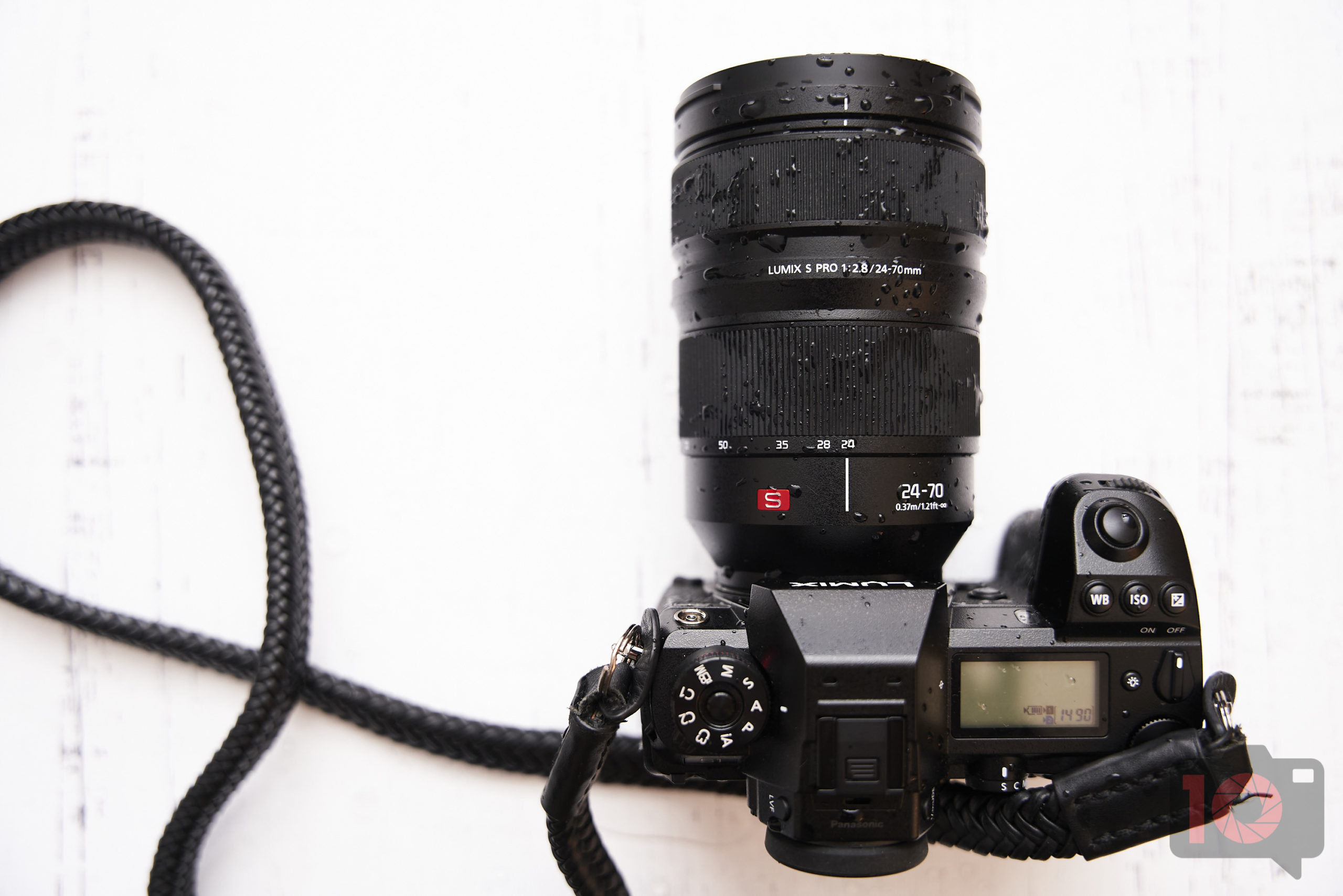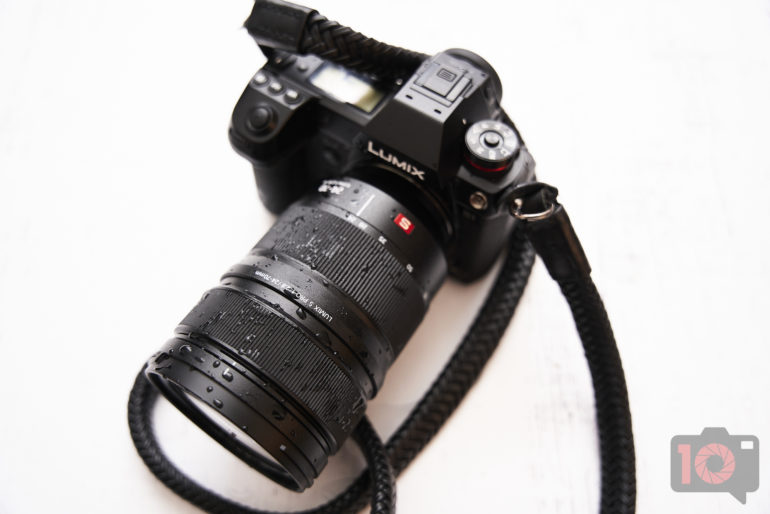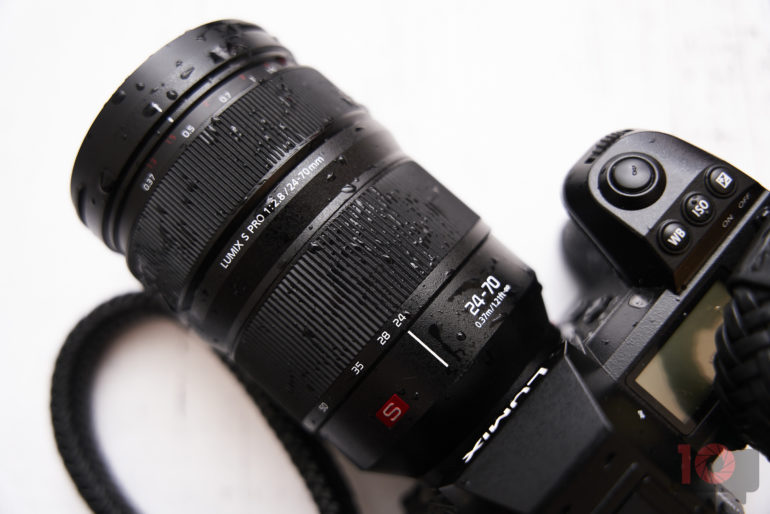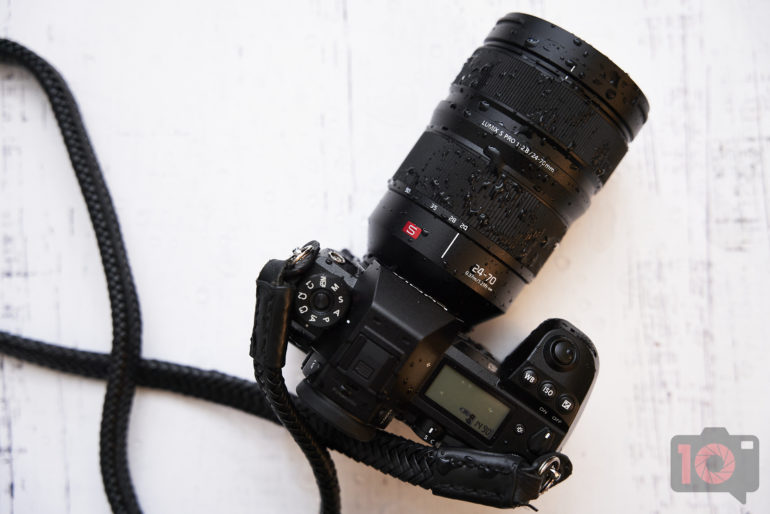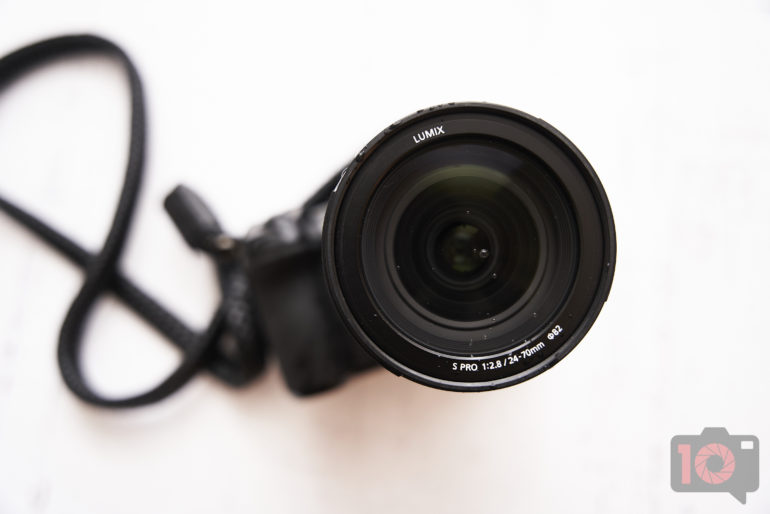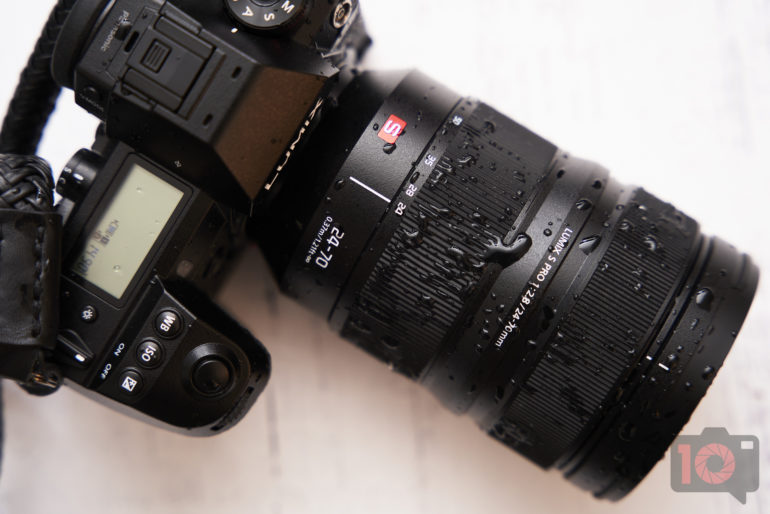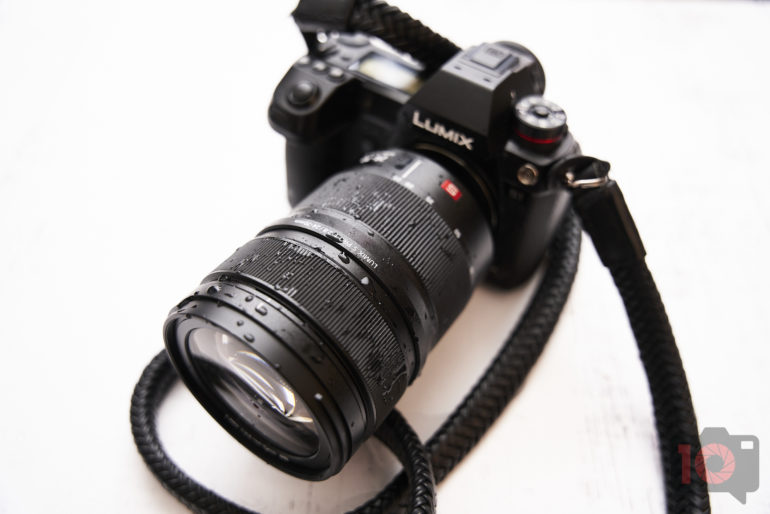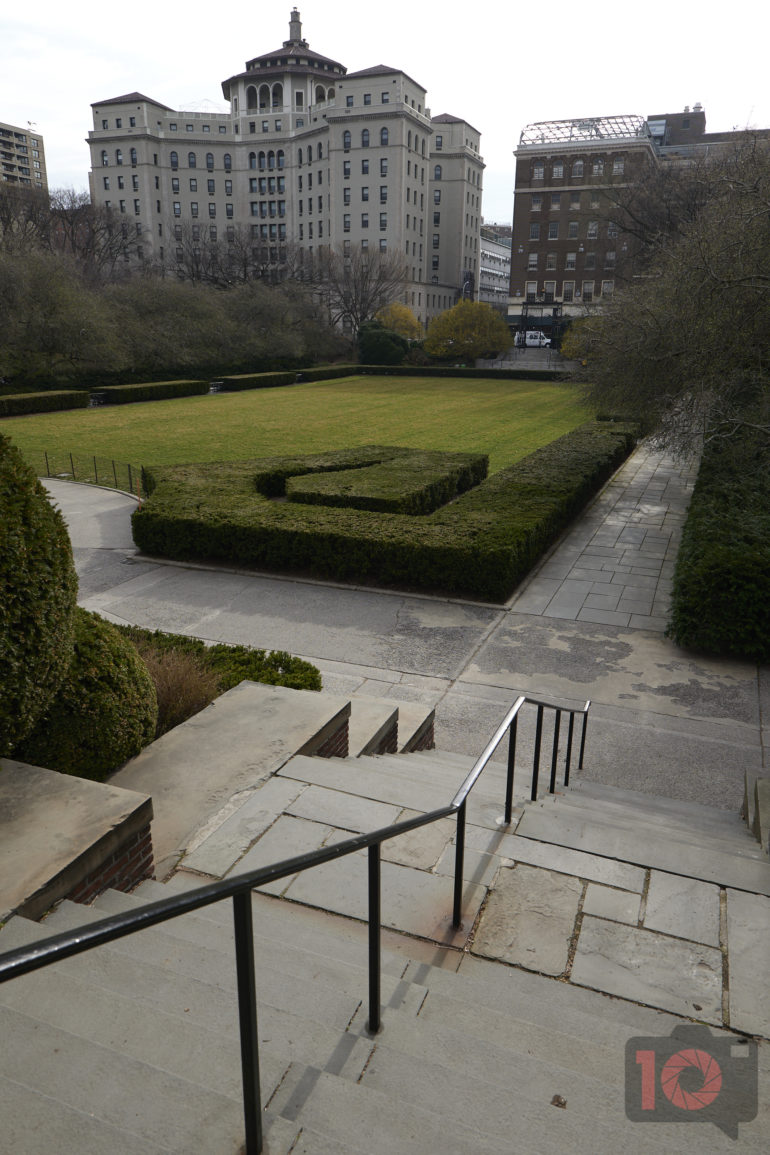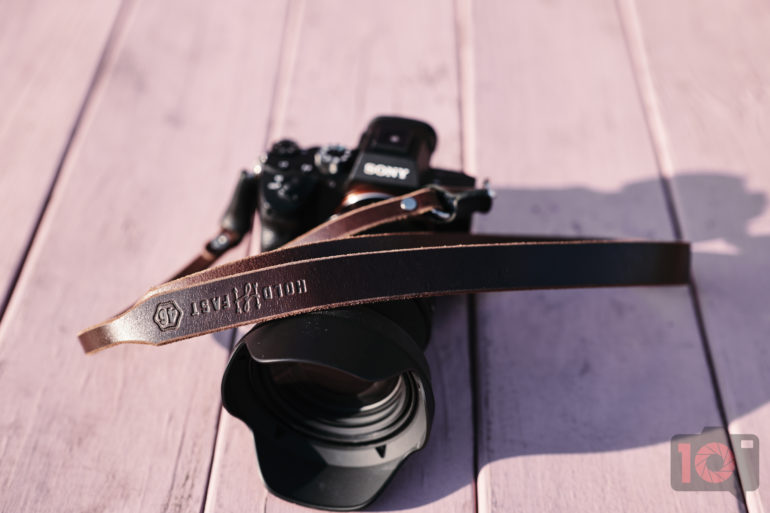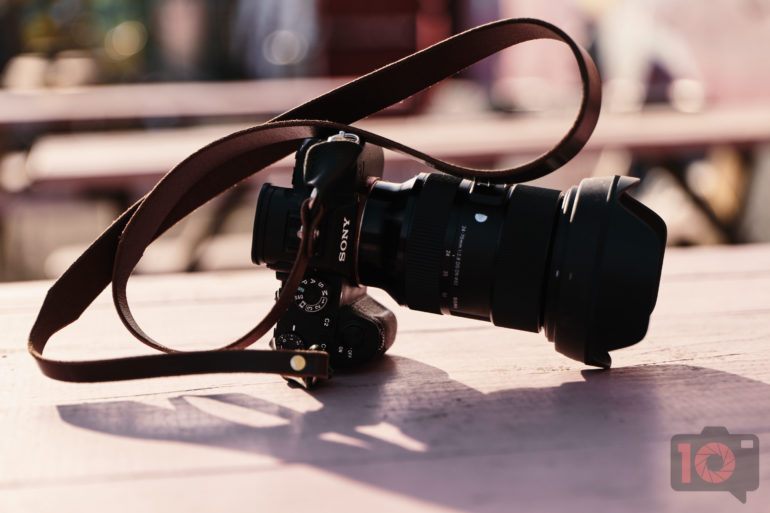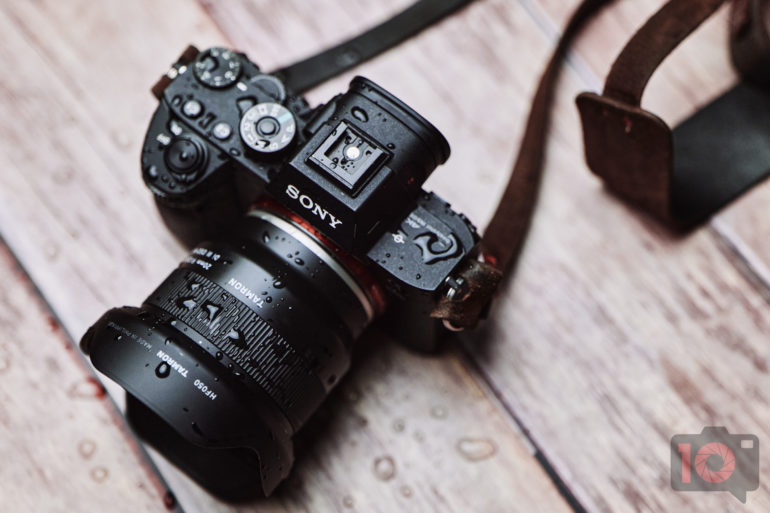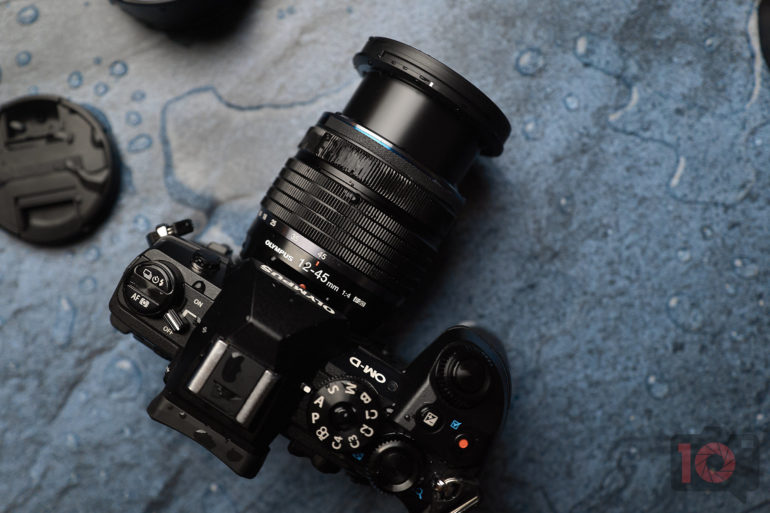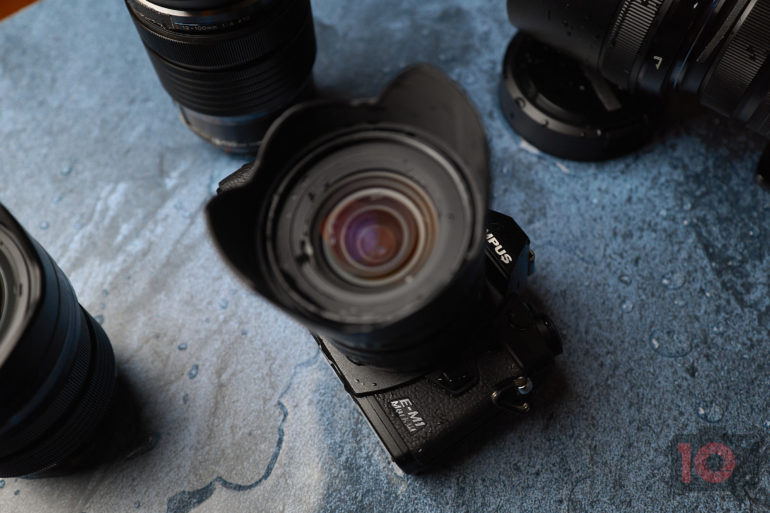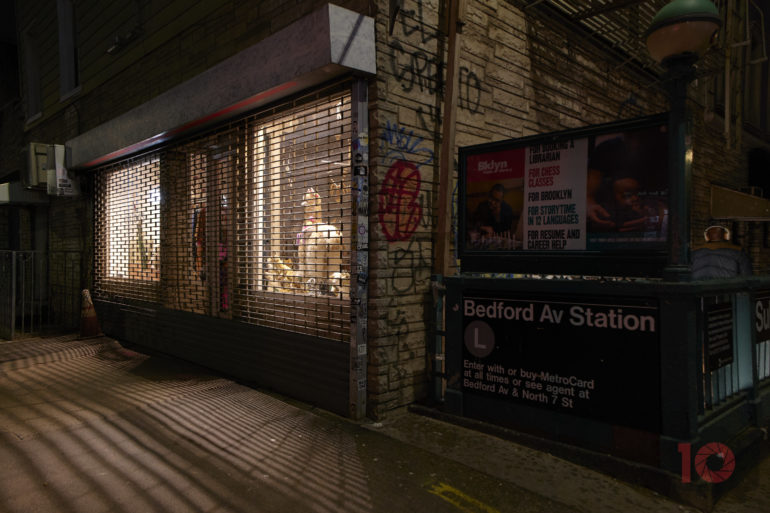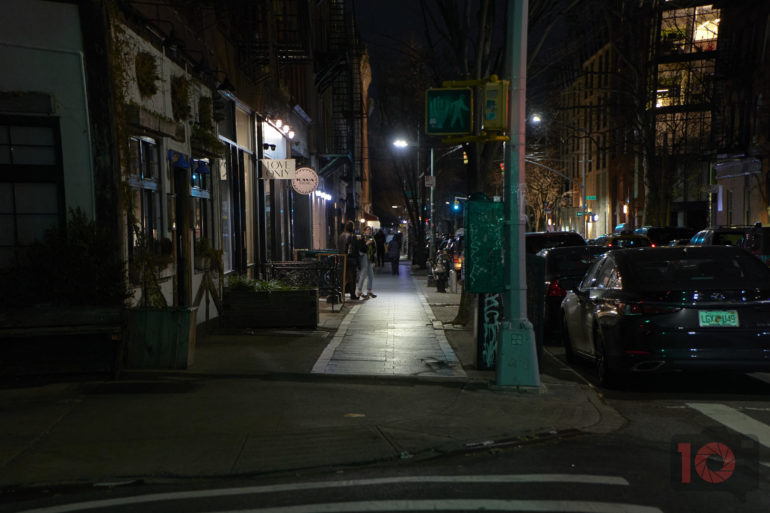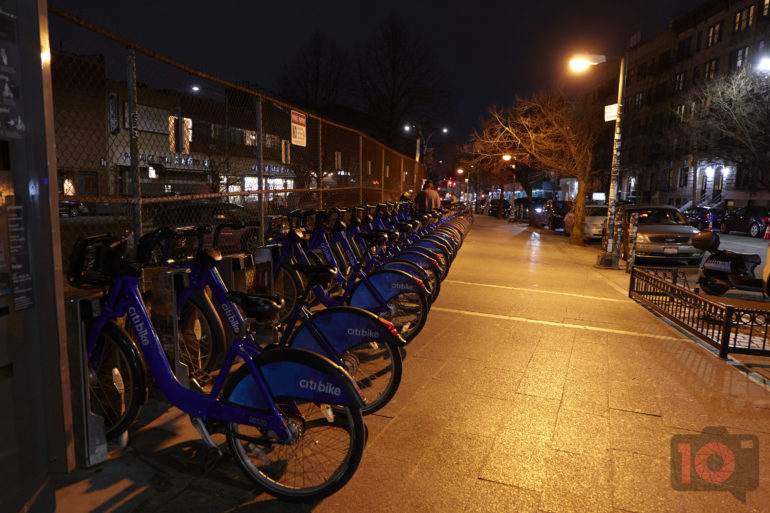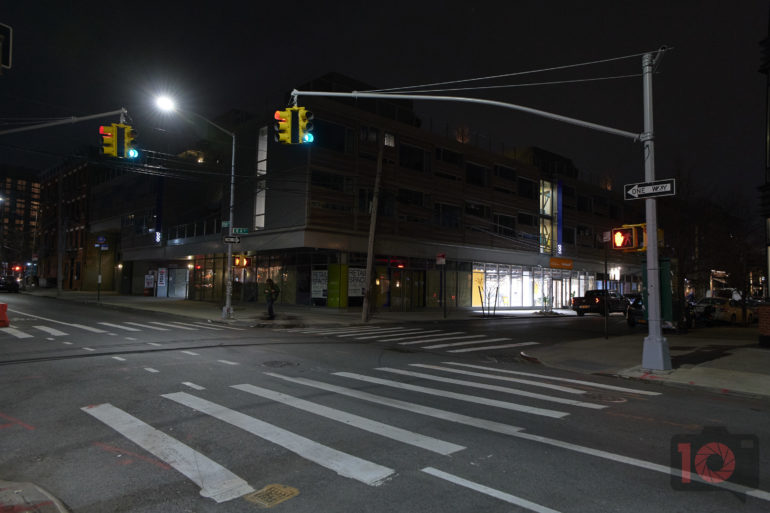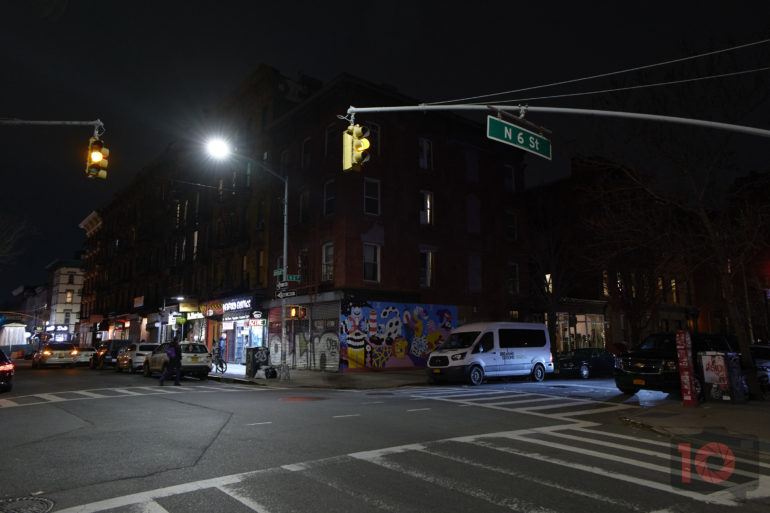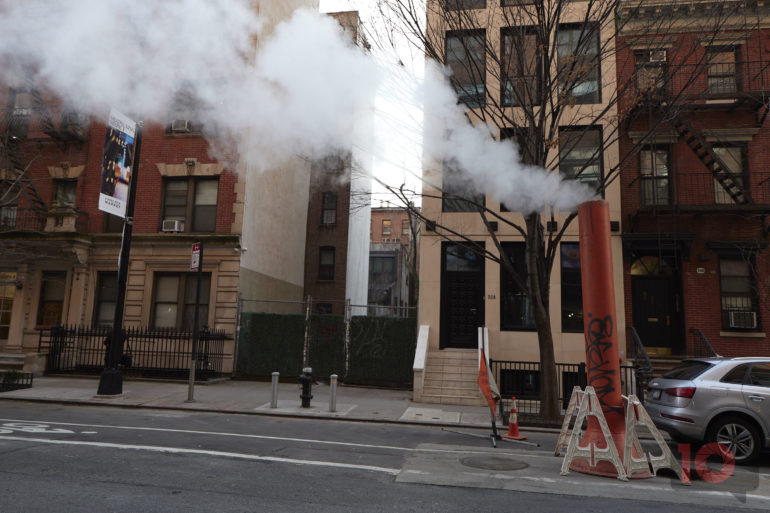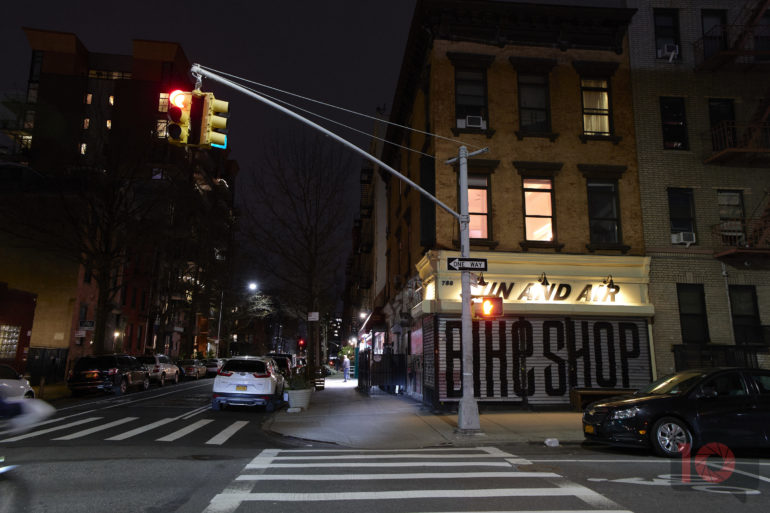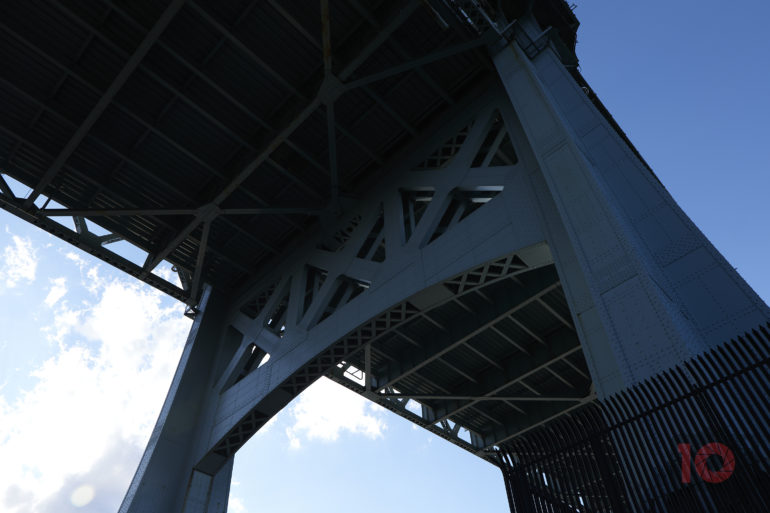Last Updated on 05/05/2021 by Chris Gampat
With the Panasonic 24-70mm f2.8 LUMIX Pro, photographers are getting a lens that’s high quality but held back by the system’s autofocus.
For the past year, I feel like I’ve been singing the same song about the L mount alliance’s glass offerings, and the Panasonic 24-70mm f2.8 LUMIX Pro is no different. Panasonic has engineered a top-notch lens in almost every way, but the issue has more to do with the camera system. While readers have said the L mount system is pretty fast, we haven’t had the same experiences at all. Everyone else has managed to pull ahead of the L mount alliance for autofocus speed and performance. I’d like to believe this issue will be fixed one day, but until then, the Panasonic 24-70mm f2.8 LUMIX Pro is still a solid investment into the system. From an image quality standpoint, it’s one of the best 24-70mm lenses we’ve tested–even if it is big, costly, and married to a system that desperately needs to improve their autofocus.
May 2021: This review has been updated.
Table of Contents
Pros and Cons
Pros
- Very sharp
- Beautiful bokeh
- Close focusing
- Weather sealed
- Very fast and usable autofocus
Cons
- More distortion than we’d like at the wider end
- Yuuuuugggeeeee
Gear Used
We tested the Panasonic 24-70mm f2.8 LUMIX Pro with the Panasonic S1 featuring the latest firmware updates.
Tech Specs
Tech specs taken from the LensRentals listing:
| Angle of View | 84° to 34° |
| Aperture Blades | 11, Rounded |
| Aspherical Elements | 3 |
| Autofocus | Autofocus |
| Brand | Panasonic |
| Extra Low-Dispersion Elements | 4 |
| Filter Size | 82.0mm |
| Focal Length | 24.0-70.0 |
| Groups/Elements | 16/18 |
| Hood Included | Yes |
| Image Stabilization | No |
| Item Type | Lens |
| Length | 5.5″ |
| Lens Type | Wide Angle |
| Max Aperture | 2.8 |
| Maximum Magnification | 0.25x |
| Minimum Aperture | 22.0 |
| Mount | L Mount |
| Weight | 2.06 lbs. |
Ergonomics
The Panasonic 24-70mm f2.8 LUMIX Pro is a pretty big lens overall. In fact, it’s pretty much DSLR sized even though it doesn’t need to be. It’s characterized by the two big rings on it: one for zooming and one for focusing.
Towards the front of this luxuriously priced leviathan is a special focusing ring. It’s one of those kinds that you pull back to manually focus. There is a focus distance scale here, however, there is no depth of field scale. Indeed, that would prove difficult to do.
One of the signature things about the Panasonic 24-70mm f2.8 LUMIX Pro is the little S Mark in red and white. This is the company’s way of saying that this is one of their higher-end lenses, I guess.
On the front is a large 82mm filter thread. We used it a lot with polarizers and it is built just fine.
Build Quality
As you can tell, the Panasonic 24-70mm f2.8 LUMIX Pro is built pretty solid. The product imagery shoot for this has the lens splashed with water. Throughout our testing, we took it into some crazy rains here in NYC. The lens survived! Panasonic sent it to us without a lens hood, which scared me a bit. But the lens was just fine. In fact, it helped keep the size of the overall package down when packed away. Overall, the Panasonic 24-70mm f2.8 LUMIX Pro is mammoth when it’s attached to an L mount camera. And for what it’s worth, photographers probably would not have thought that giant lens beasts like this roamed the earth beyond the days of when the DSLR was king.
“Overall, the Panasonic 24-70mm f2.8 LUMIX Pro is still mammoth when it’s attached to an L mount camera. And for what it’s worth, photographers probably would not have thought that giant lens beasts like this roamed the earth beyond the days of when the DSLR was king.“
In the hand, the Panasonic 24-70mm f2.8 LUMIX Pro feels nice. It’s got a plastic feel to it, and that’s not necessarily a bad thing, it’s just that plastic doesn’t feel like metal. Also keep in mind the rubber around the focus and zoom rings. Both of these are comfortable to hold and twist. Photographers who work in studios and shoot landscapes will love the Panasonic 24-70mm f2.8 LUMIX Pro. For that reason, I think this lens is best suited to the Panasonic S1H.
Ease of Use
The only thing I’d be a bit cautious of with this lens is the manual focus ring: it can easily be flipped back and at times you’ll wonder why the autofocus isn’t working. More often than not, it’s going to be because of this lens’s focusing ring. The Panasonic 24-70mm f2.8 LUMIX Pro has a push/pull manual focus activation on the focus ring. Besides this little quirk, it operates the same way that most other modern lenses for Mirrorless cameras work. It won’t be difficult to work with at all.
Autofocus
As with pretty much any Panasonic or L mount lens, the autofocus isn’t really all that great. I blame the camera systems more than the lens itself. The L mount alliance shares not only the mount but also the exposure and autofocus algorithms. One could place blame on Leica then: they founded the L mount alliance. But in all honesty, Panasonic probably could have been the one to bring more assistance to speeding it up. Their Micro Four Thirds autofocus is fantastic and even though full-frame is much larger, I had a lot of faith that Panasonic could have done better. Alas, in low light situations and pretty much any urgent time we shot with the Panasonic 24-70mm f2.8 LUMIX Pro, the camera and lens missed. We had to refocus or change the focusing type to a fine point. When that happens, it goes very slow. Because of this, we can’t recommend the Panasonic 24-70mm f2.8 LUMIX Pro for pressing work just yet. When firmware updates fix this, we’ll give it another look.
May 2021 Update: The Panasonic 24-70mm f2.8 Lumix S Pro hasn’t been updated per se. But the Leica SL2s has received a massive autofocus update. On that camera, it’s incredibly fast, accurate, and reliable. It works fantastic even in low light. It took Leica a while to really put the resources into improving their own mount, but they did it. As a result, we’d recommend it for journalistic work in a heartbeat.
Image Quality
Despite my qualms about the autofocus, the Panasonic 24-70mm f2.8 LUMIX Pro delivers beautiful images once it gets a subject in focus. Not only is it sharp from edge to edge, but the bokeh is gorgeous. The colors are very lovely, and the only major issues we found with this lens were at the wider end. For what it’s worth, most 24-70mm lenses suffer from distortion on the wider end.
Bokeh
Because the Panasonic 24-70mm f2.8 LUMIX Pro has 11 aperture blades, the bokeh is going to be gorgeous. That’s one of my favorite things about this lens. Portrait photographers and photojournalists who use it will be happy with the bokeh it delivers. They’ll be able to tell stories more effectively if they can get their subjects perfectly in focus.
Chromatic Aberration
The biggest problem we found with the Panasonic 24-70mm f2.8 LUMIX Pro was the distortion on the wider end. We fixed this easily in Capture One despite there being no set lens profile for the lens as of our writing this piece. But, that’s the issue with zoom lenses to start with; they’re convenient, but you’re going to pay for it later on in post-production when you have to correct all the images specifically on the wider end. Luckily, we didn’t see any issues with fringing with this lens.
Color Rendition
We really like the colors from the Panasonic 24-70mm f2.8 LUMIX Pro, but to be honest, there’s nothing special about them here. We’ve often found this to be the case with most zoom lenses and this one is no exception. The photographers who go for a Panasonic 24-70mm f2.8 LUMIX Pro will probably be professionals anyway. And they’re bound to do some work in post-production or use presets.
Sharpness
As with any lens out there, the greatest sharpness comes when you’re using a flash. And when paired with the Panasonic S1, the Panasonic 24-70mm f2.8 LUMIX Pro will surely need the extra sharpness even though it’s a great lens already. This has to do with the lower megapixel count in this camera.
In these photos, we shot the images with a constant light. They’re sharp, but not as sharp as what a dedicated flash can deliver. With all this said, the Panasonic 24-70mm f2.8 LUMIX Pro delivers very sharp photos. In fact, it could even be a bit too sharp. For portrait photographers, know that you’re probably going to have to do some skin smoothing.
Extra Image Samples
Conclusions
Likes
- Build quality
- Image quality
- Incredible autofocus performance
Dislikes
Autofocus performance due to the cameras- Still pretty big, but not insanely heavy on an L mount body like the SL2s.
I like the Panasonic 24-70mm f2.8 LUMIX Pro for sure. This is by far the middle of the road standard zoom lens for the L mount at the moment, with the exception of Sigma’s own 24-70mm f2.8. Sigma’s is also smaller, lighter, and very well built. Better yet, it’s significantly more affordable. Mount it to a Panasonic or Leica camera, and your images will sing of details. So that leaves the Panasonic 24-70mm f2.8 LUMIX Pro in this awkward place, which begs the question: just why would you get one? Honestly, I’m not sure. Sigma’s lens is better built, smaller, and delivers what I think is nearly class-leading image quality. One might think that Panasonic would try to make Sigma’s lenses not work as well, but that’s against the agreement of the L mount coalition. I’ve always felt this to be the case with the Four Thirds standard, and the truth is that first-party lenses often work best with first-party cameras, but that wall is down with L mount. So in the end, I’d be doing a great injustice to not recommend the Sigma option.
With all that said, the Panasonic 24-70mm f2.8 LUMIX Pro still certainly isn’t bad. It’s also well built as it withstood a lot of environmental abuse. It’s got great image quality, and it simply just works. But again, it’s in this awkward place and outdone in every way by the Sigma lens.
Update May 2021: This lens is now the fastest 24-70mm f2.8 lens for the L mount that we’ve tested. It’s very reliable for journalistic work. We’re changing our star rating too.

The Panasonic 24-70mm f2.8 LUMIX Pro receives five out of five stars. Want one? They’re $2,197. Sigma’s lens, on the other hand, is worth $1,099. So, how do you beat that? We’ve reviewed it very positively too.


